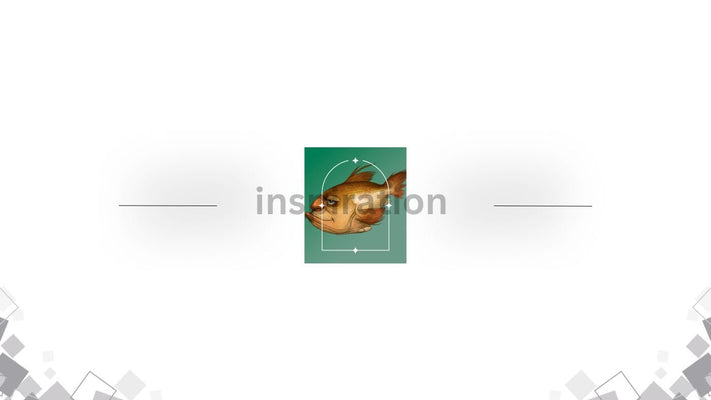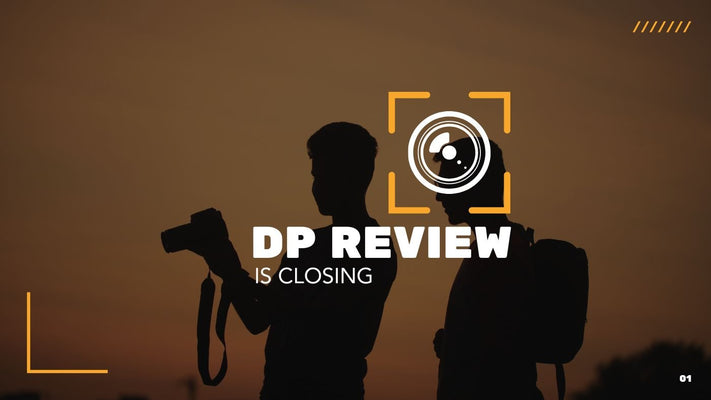How to Copyright a Photograph or Image
Digital theft online is rampant in today’s digital world. I have had my images stolen many times. The thieves even try and sell the photos online to other stock agencies. So I strongly advise that every photographer has a basic understanding of copyright laws and how to copyright an image. Lack of knowledge or education about copyright continues to cause lots of problems in the industry.
For example, when you are shooting for a client, the photographer is the copyright owner, and the client merely has the right to use it. If the client wishes to retain the copyright, they must obtain from the photographer a right of a transfer agreement. However, ‘Work-for-Hire’ is an exception to this rule. If a photographer is an employee hired to take photographs, then the employer retains the copyright.

Another common misconception is that owning the physical image translates to owning the copyright. That is not correct! The mere fact of owning a physical copy of the photograph does not make you the copyright owner.
What exactly is copyright?
As a photographer, you have the exclusive right to make and (sell or license) copies of your photo, create other art based on the image (derivative works), and display the photograph in public.
Copyright is a legal right that gives the creator of an original work exclusive control over how that work is used and distributed. In the case of photography, copyright gives the photographer the exclusive right to make copies of their photos, create derivative works based on the images, and display the photographs in public. It also gives the photographer the right to sell or license the use of their photos to others. Essentially, copyright serves as a way for photographers to protect and control their work and to be recognized and compensated for their creations.

What types of photographs can be copyrighted?
All photographs, prints, and slides can be copyrighted, including digital pictures and derivative works to which the original pieces have been added; the new elements that have been added can be copyrighted.
In general, there are a couple of criteria that make a photograph copyrightable. First, they must be an original work of your creation that you created, and the subject material is not taken by someone else who owns it. A simplistic example to illustrate this is you can not take a photograph of someone else’s photo or trademark and assume that you now have the copyright. Although artistic merit or quality of the picture is not required, the U.S. Supreme Court has indicated that it must display a tiny amount of creativity and be the ‘fruits of intellectual labor.’

Second, the photograph must exist in a tangible object. In other words, it can’t be a thought or abstract idea. Whether your images are simply on your hard drive, online portfolio, or even a social media post, you still retain the photos’ copyrights. Don’t worry; you don’t need to print out every photograph you own.
Although there is no requirement to register them with the copyright office, there are benefits to registering them that you should consider carefully. Registering your photographs with the copyright office will offer legal protection to your original work, whether you post it on your website, publish it in print media, or provide it as a digital file.
How to copyright an image?
The picture’s creator automatically retains the copyright or intellectual property when you click the shutter on the camera. The photographer or creator of the copyrighted image has the copyright throughout their life and 70 years afterward. Even so, it is better to apply for a copyright with the U.S. Copyright Office; it can help you with any legal issues. One of the easiest ways to protect your copyright is to use watermarks.

Watermarks visible on a photograph identify the creator. These watermarks can be simple text or logos. A watermark will not prevent digital theft; they do have the advantage of identifying you are the photographer if the image gets reposted, and in the United States, according to section 1202 of the U.S. Copyright Act, anyone removing a watermark is committing a crime which faces financial penalties up to $25,000. So if someone clones or crops away your copyright using Adobe Photoshop, you will be able to pursue legal action with your lawyer.
How Do You Apply for a Copyright?
Although registering your images with the U.S. Copyright Office is not required (the creator is still the copyright holder), it is advisable because when your register, your images prove you are, in fact, the copyright holder if any legal questions should arise. Should an infringement occur, having an impartial party in possession of hard evidence is a powerful position to hold in a court of law?
The first step to copyrighting your images is to go to the U.S. Copyright Office registration page. You need to follow the instructions carefully. The type of work for photography falls under the category ‘works of the visual arts.’

The registration porthole provides video instructions on how to complete the registration, which can be found here.
Note: I am not a legal expert; this is not legal advice and should not be considered as such. The information in this article comes from personal experience running a stock photo agency and internet research. This is not a substitute for professional legal advice on copyright issues but should be regarded as a basic overview to enhance your understanding of copyright.












